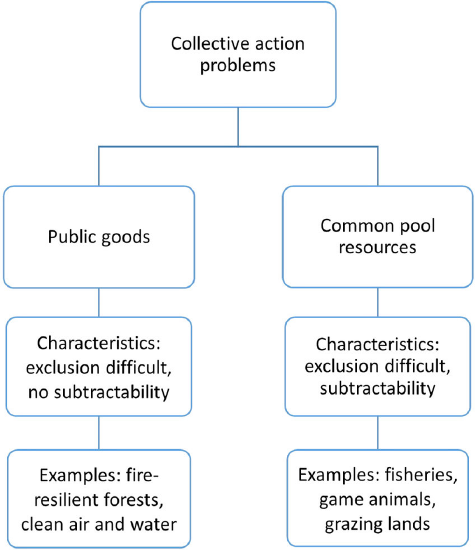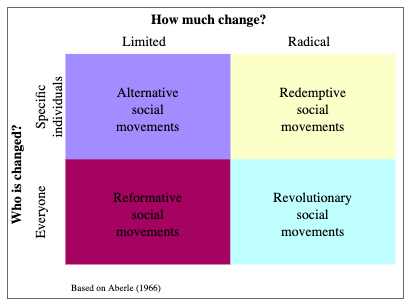Introduction
Beyond common defense, collective action supports public goods – such as public education, healthcare, childcare, pensions, infrastructure, and so forth – in which individuals contribute tax revenues or labor, in a coordinated way. Yet collective action can also lead to the achievement of narrower objectives, such as when a focused interest group lobbies for tax breaks that benefit a smaller segment of society. In other words, collective action can result in benefits for all or for the few.
Societies flourish when there is the robust provision of public goods. Once provided, a public good is nonexcludable and nonrival. Individuals cannot be excluded from enjoying them, and one person’s enjoyment of that good does not impinge upon others’ enjoyment. However, a public good can impede the organizing of collective action to provide that good. These types of problems are observable throughout societies, but societies also manage to solve them in various ways.
Collective action may lead to narrower objectives, such as common pool resources. These resources are nonexcludable but rivalrous in consumption. A good example is a river: everyone can enjoy the river. But, when I divert water from the river to irrigate my fields, that means others cannot enjoy that diverted water.

Source: Research Gate
Collective action pervades the private sector. For example, an industry advocacy group procures favorable government policies such as tax breaks for all the firms in an industry or looser regulatory oversight.
Collective action is fundamental to the functioning of modern societies. Voting is a form of collective action, especially in a democracy where individuals’ decision to cast ballots for a certain candidate or policy can determine a society’s values and allocation of resources. The larger the electorate, the more evident the problems. Each individual in a large electorate has disincentives to vote because they may believe their vote -- out of hundreds of millions of eligible voters -- will not matter, hence they may opt to stay home on election day (or not mail in their ballot) and save their time and energy for other purposes. Such individual-level breakdowns have the potential to lead to the collapse of any given collective action endeavor, in this case, the representativeness of a republic.
Historically, collective action has led to social change and even revolution. Because it can occur outside of existing political institutions, collective action has the potential to destabilize societies and challenge existing structures. One illustration is when groups unite to demand the franchise (as with the women’s suffrage movement) or when workers’ strikes bring industry to a standstill.
Social Movements
Social movements are a subset of collective action. All social movements rely on collective action, but not all collective action is a social movement. Specifically, social movements are coordinated and goal-oriented, but they are characterized by political activity outside of established institutions (extra-institutional). A 20th century example in the United States would be the Civil Rights Movement, which sought equal rights for racial minorities and an end to institutional racism at all levels of government. From an international comparative context, social movements for civil rights and labor rights have spanned the globe.
Sociologist David Aberle (1966) classified social movements by 1) what it is the movement wants to change and 2) how much change they want. Generally, there are four types of social movements.
- Alternative movements are typically focused on self-improvement and limited, specific changes to individual beliefs and behavior. Alcoholics Anonymous would be an example in the United States.
- Redemptive movements (sometimes called religion movements) are “meaning-seeking,” focused on a specific segment of the population, and intended to provoke inner change or spiritual growth in individuals.
- Reformative social movements seek to change something specific about the social structure. They may seek a more limited change but target the entire population. Environmental movements and the women’s suffrage movement are examples.
- Revolutionary movements seek to completely change every aspect of society. Examples include the Civil Rights Movement or political movements, such as a push for communism.

Source: Lumen Learning



